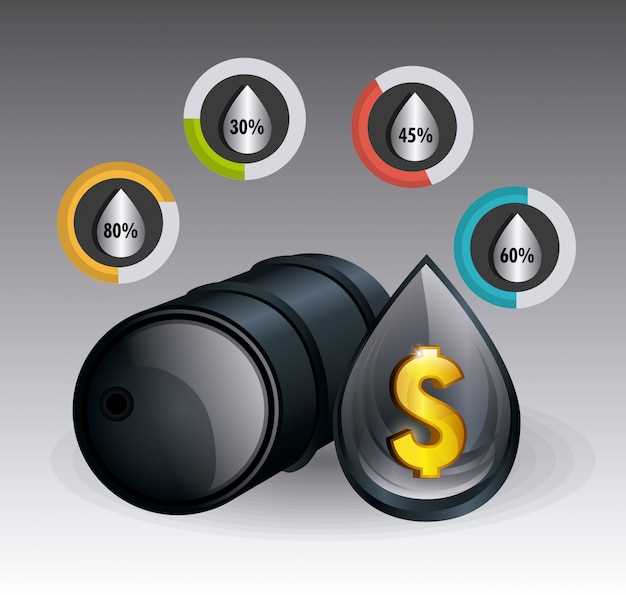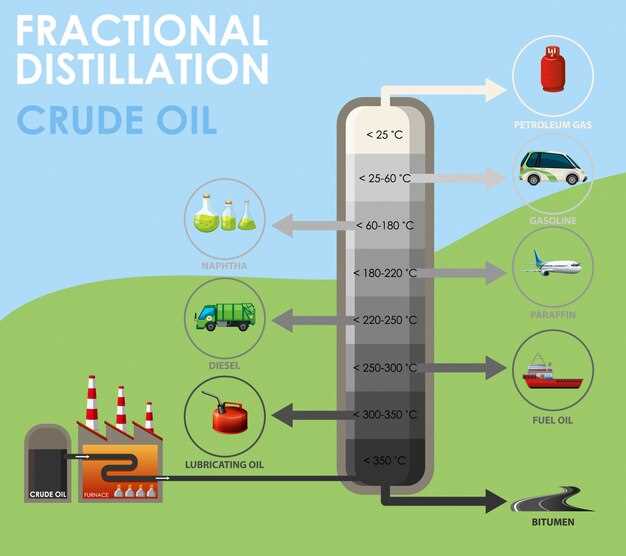
Maintaining your vehicle’s engine at optimal temperatures is crucial for its longevity and performance. One of the key components in this process is the coolant, a fluid that regulates temperature and prevents overheating. Understanding the different types of coolants available on the market can greatly improve your vehicle’s efficiency and protect critical engine components from the detrimental effects of extreme temperatures.
In essence, coolants come in various formulations, each designed to meet specific requirements based on the engine type and driving conditions. The most common types include traditional green antifreeze, extended-life coolants, and hybrid formulations. These variations not only differ in their chemical composition but also in their performance capabilities and lifespan, making it essential for vehicle owners to choose wisely based on their specific needs.
In this article, we will delve into the characteristics, benefits, and potential drawbacks of each type of coolant. We aim to equip you with the knowledge necessary to make informed decisions, ensuring your vehicle remains in peak condition regardless of the demands placed upon it.
Choosing the Right Coolant for Your Engine Type

Selecting the appropriate coolant for your engine is crucial for maintaining optimal performance and longevity. Coolants are formulated based on the specific requirements of different engine types, and understanding this can help prevent overheating and engine damage.
Firstly, it is important to consider the type of engine your vehicle has. Most modern engines require ethylene glycol-based coolants, which provide excellent protection against heat and corrosion. These coolants are available in various colors, but the color does not indicate the type; rather, it is essential to check compatibility with your engine.
If your engine is older or utilizes a different design, it may require a specific type of coolant, such as propylene glycol-based solutions, which are less toxic and more environmentally friendly. These coolants are suitable for vehicles that prioritize safety and sustainability but may not offer the same level of performance in high-temperature conditions.
Additionally, some manufacturers recommend specific coolant formulations tailored to their engines. For example, certain European vehicles may require coolants that comply with specific standards. Always refer to your vehicle’s owner’s manual or consult a professional to determine the most suitable product.
When selecting a coolant, consider the climate in which you drive. In regions with extreme temperatures, it may be beneficial to choose a coolant with a higher anti-freeze or anti-boil capacity to protect your engine throughout the year.
Lastly, it is essential to regularly check and maintain the coolant levels in your engine. Over time, coolants can degrade and lose their effectiveness, leading to potential overheating and other issues. Regular maintenance ensures that your engine remains protected and operates efficiently.
Identifying Signs of Coolant Degradation and When to Replace

Coolant, commonly known as antifreeze, plays a crucial role in maintaining your vehicle’s engine temperature. Over time, however, coolant can degrade, leading to potential engine damage if not addressed promptly. Recognizing the signs of coolant degradation is essential for the longevity of your vehicle.
One of the first indicators of coolant degradation is a change in color. Fresh antifreeze typically appears as a bright green, orange, or pink fluid, depending on its formulation. If you notice the coolant becoming darker or developing a muddy appearance, it may be contaminated and should be replaced.
Temperature fluctuations in the engine are another warning sign. If your vehicle frequently overheats, it could indicate that the coolant is no longer effectively regulating engine temperature. This can lead to severe engine damage if not corrected.
Additionally, check for unusual smells or leaks. A sweet odor inside the cabin or under the hood can point to a coolant leak. If you find puddles of fluid beneath your vehicle, it’s crucial to identify whether it’s coolant and take corrective measures immediately.
Another critical aspect to monitor is the presence of rust or debris in the coolant reservoir. This can suggest that the coolant has lost its protective properties and may be corroding engine components. Always ensure your coolant is free from particles and contaminants.
Generally, most manufacturers recommend replacing antifreeze every 30,000 to 50,000 miles, but always refer to your vehicle’s owner’s manual for specific guidelines. Regular checks of the coolant level and condition can help you maintain optimal engine performance and prevent costly repairs down the line.
In conclusion, being proactive in identifying these signs of coolant degradation will not only safeguard your engine but also enhance the overall reliability of your vehicle. If you suspect that your antifreeze needs replacing, consult a professional mechanic to ensure your car remains in top condition.
Understanding Coolant Mixtures: Water vs. Antifreeze Ratios
The effectiveness of a vehicle’s cooling system largely depends on the right mixture of coolant, which typically consists of water and antifreeze. This mixture helps regulate engine temperature, preventing overheating and freezing in extreme conditions.
A common ratio for coolant mixtures is 50:50, which means half water and half antifreeze. This balance offers optimal protection against freezing and boiling, ensuring the coolant remains effective in a wide range of temperatures. In warmer climates, some drivers might opt for a higher percentage of water, while colder regions often require a stronger antifreeze concentration to avoid freezing.
Water, as a component of the coolant, has excellent heat transfer properties but lacks the rust protection and freeze prevention that antifreeze provides. Antifreeze, on the other hand, raises the boiling point and lowers the freezing point of the coolant, critical for maintaining engine function in various environmental conditions.
It’s essential to use the right mixture recommended by the vehicle manufacturer. Incorrect ratios can lead to boiling over, freezing, or corrosion, which can ultimately cause engine damage. Regularly checking and maintaining the proper coolant mixture is key to ensuring the longevity and reliability of your vehicle’s engine.



